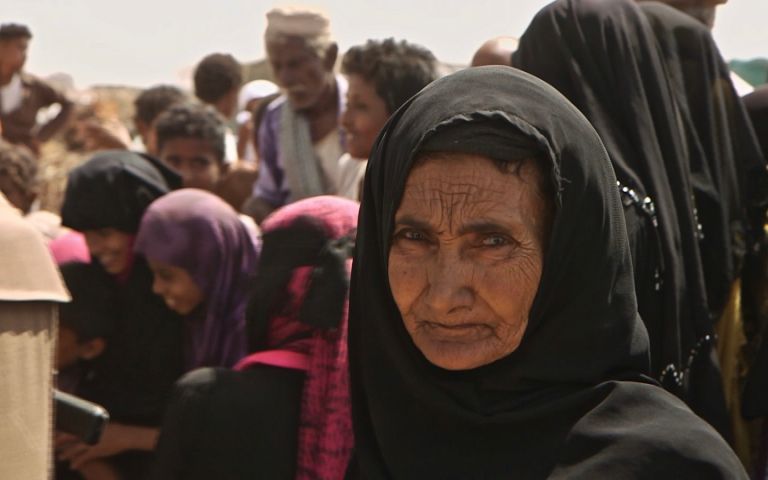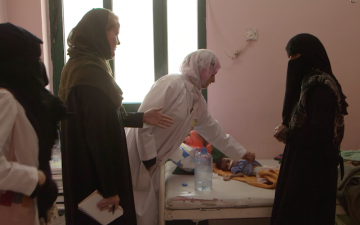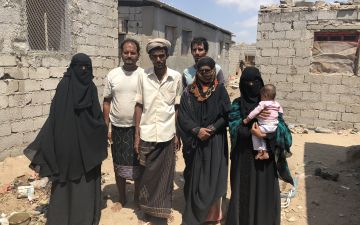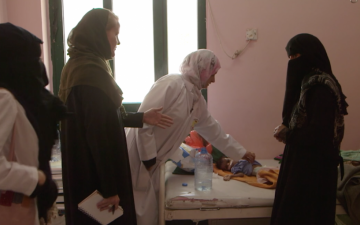As the third anniversary of the war between Houthi rebels and a Saudi-backed coalition passes, the head of the UN’s Office for Coordination for Humanitarian Affairs has called the situation akin to “the apocalypse.” Of a country whose population reaches a total of 29 million, 22 million people are in need of humanitarian assistance. Those fleeing death, displacement, and devastating injuries as a result of Saudi airstrikes in the northern Houthi-controlled areas also face food shortages, unemployment, and disease in safer areas in the south.
Both sides have withheld vital goods in order to try to strangle the other. While the Saudi blockade on goods entering Yemen recently eased, the future remains uncertain, with aid organizations operating on a month-to-month basis. As the two sides vie for control of imports, power, and money, no sustainable plan exists for feeding a country that relies heavily on outside goods.
Even in areas where food exists, a staggering economic crisis has led doctors, teachers, and other civil servants to go years without salaries and basic civil institutions to fail. A crisis of water, sanitation, and hygiene led to an outbreak of diseases such as cholera and diphtheria. With limited purchasing power, families have to decide whether to spend their money on food, medicine, or transportation to medical facilities. The domino effect of this food crisis, within an already untenable economic and medical crisis, is causing children to die of preventable diseases and malnutrition. As Saudi Arabia receives more weapons and resources from its Western allies, and as the Houthis dig into their positions, no end to the conflict is in sight.








